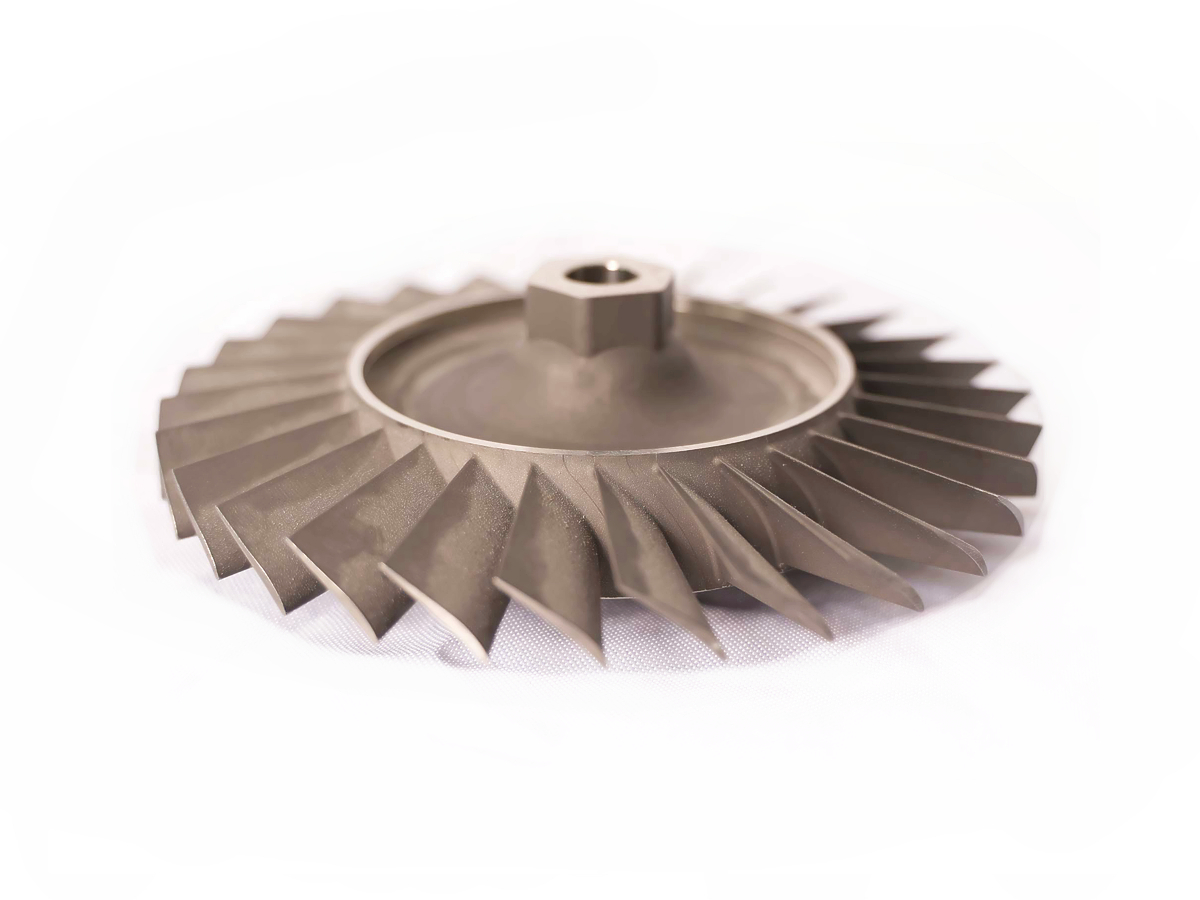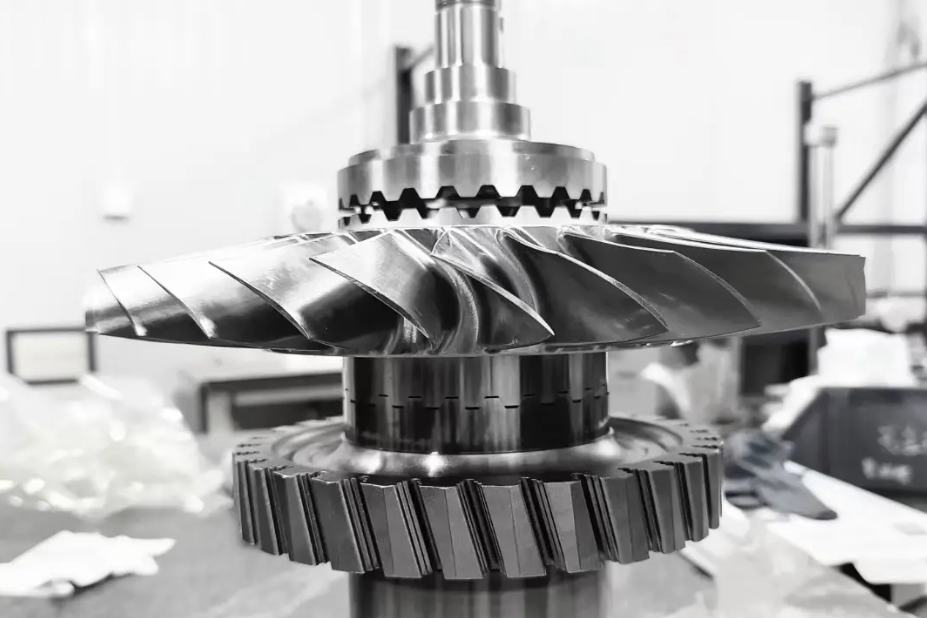What are common TBC failure modes and how can design and process reduce them?
From a failure analysis and systems engineering perspective, Thermal Barrier Coating (TBC) failure is a progressive process where multiple degradation mechanisms interact. A robust design and controlled manufacturing process are not about preventing failure indefinitely, but about managing these mechanisms to predictably extend service life and prevent premature, catastrophic spallation.
Common TBC Failure Modes
1. Spallation Driven by TGO Growth and Instability
This is the dominant failure mode for most TBC systems. A thermally grown oxide (TGO) layer, primarily Al₂O₃, forms at the bond coat/top coat interface. While a slow-growing, adherent TGO is protective, its continued growth leads to failure.
Mechanism: Over time at high temperature, the TGO thickens, developing significant compressive growth stresses. As the Al reservoir in the bond coat depletes, less stable, mixed oxides form, which grow faster and have poorer adhesion. Eventually, interface rumpling, micro-cracking, and finally, large-scale buckling and spallation occur.
Design/Process Mitigation:
Bond Coat Composition: Use optimized, alumina-former bond coats (e.g., Pt-aluminide or high-purity MCrAlY) with sufficient Al and reactive element additions (Y, Hf) to promote a slow-growing, adherent TGO. The quality of the underlying superalloy substrate is critical.
Process Control: Ensure a clean, well-controlled application of the bond coat via Low-Pressure Plasma Spray (LPPS) or EB-PVD to minimize impurities that act as TGO failure initiation sites.
2. Thermal Cycling Fatigue
The massive thermal transients during engine start-up and shutdown generate cyclic stresses due to the mismatch in the Coefficient of Thermal Expansion (CTE) between the ceramic top coat and the metallic substrate.
Mechanism: Repetitive cycling leads to the initiation and propagation of cracks, typically at the TGO interface or within the ceramic material near the interface, eventually resulting in spallation.
Design/Process Mitigation:
Columnar Microstructure: Specify EB-PVD processes for critical components like blades. The fine, segmented columnar structure of an EB-PVD TBC (e.g., using YSZ) provides exceptional strain tolerance, allowing the columns to expand and contract without building up high stresses.
Functionally Graded Layers: In some designs, implementing a compositional gradient between the bond coat and top coat can help smooth the transition in properties and reduce interfacial stresses.
3. Sintering and Phase Instability
At sustained operating temperatures (typically greater than 1200°C), the TBC microstructure and chemistry undergo changes.
Mechanism: The porous microstructure of the top coat, essential for low thermal conductivity, begins to sinter and densify. This increases coating stiffness (reducing strain tolerance) and thermal conductivity (reducing insulation). For YSZ, a detrimental phase transformation from the metastable tetragonal prime (t') phase to the monoclinic phase upon cooling can occur, accompanied by a destructive volume change.
Design/Process Mitigation:
Microstructural Engineering: Control the initial porosity and defect structure of the top coat through process parameters. Newer laser-based processes are being explored to create tailored microstructures.
Alternative Materials: Develop and implement next-generation TBC materials like Gadolinium Zirconate (GZ) that resist sintering and phase transformation at higher temperatures than standard YSZ.
4. Environmental Degradation (CMAS and Erosion)
Ingested environmental contaminants pose a severe threat.
CMAS (Calcium-Magnesium-Alumino-Silicate): Molten sand and dust infiltrate the porous TBC, solidify upon cooling, and cause severe embrittlement, strain intolerance, and accelerated sintering.
Erosion: Hard particulates mechanically remove the coating.
Design/Process Mitigation:
CMAS-Resistant Top Coats: Design TBC compositions that react with CMAS to form crystalline, sealing phases that inhibit further infiltration. Materials like GZ are more resistant than YSZ.
Dense, Vertically Cracked (DVC) APS Coatings: For components prone to erosion, an APS TBC with a specific DVC microstructure can offer better erosion resistance than a standard EB-PVD coating, though often at the cost of some strain tolerance.
Air Filtration: For land-based turbines, superior inlet air filtration is a primary defense against contaminant loads.
Integrated Engineering Approach to Reduce Failure
Systems-Based Design: The TBC cannot be designed in isolation. Its performance is intrinsically linked to the internal cooling design of the component. A better-cooled part exposes the TBC to a lower temperature, drastically slowing all degradation mechanisms.
Manufacturing Quality Assurance: Adherence to aerospace standards like NADCAP for coating processes is non-negotiable. This ensures rigorous control over surface preparation (grit blasting), coating thickness, and microstructure, minimizing the intrinsic defects that become failure initiation points.
Predictive Lifing and Inspection: Utilize physics-based models that incorporate TGO growth kinetics and cyclic stress accumulation to predict retirement times. During overhaul, advanced non-destructive evaluation (NDE) techniques are used to assess TBC condition and determine if a part can be returned to service or requires strip and re-coating.



